Содержание
- Light color for cannabis and its effect on growth
- Lamp spectrum and flowering phase
- Full range and selection of lamps for cannabis
Light color for cannabis and its effect on growth
Proper lighting for cannabis plays a key role in forming strong and healthy bushes. During the vegetation stage, it is especially important what spectrum the plant receives. Scientists and experienced growers have long proven that blue light stimulates photosynthesis and photomorphogenesis most actively for cannabis growth. Under its influence, the plants remain compact, with strong internodes and dense foliage, which directly affects future yield.
When it comes to the color of light for cannabis, it is important to understand that different wavelengths trigger different development mechanisms. The blue range helps the plant build green mass and also increases stress resistance. That is why a lack of the blue spectrum leads to elongated stems, weak shoots, and a drop in overall productivity.
Thus, we can unequivocally answer the question: does the color of the lamp affect the cannabis yield? Yes, it does. The more competently the light is selected at an early stage, the more powerful the root system develops and the greater the potential for abundant flowering in the future.
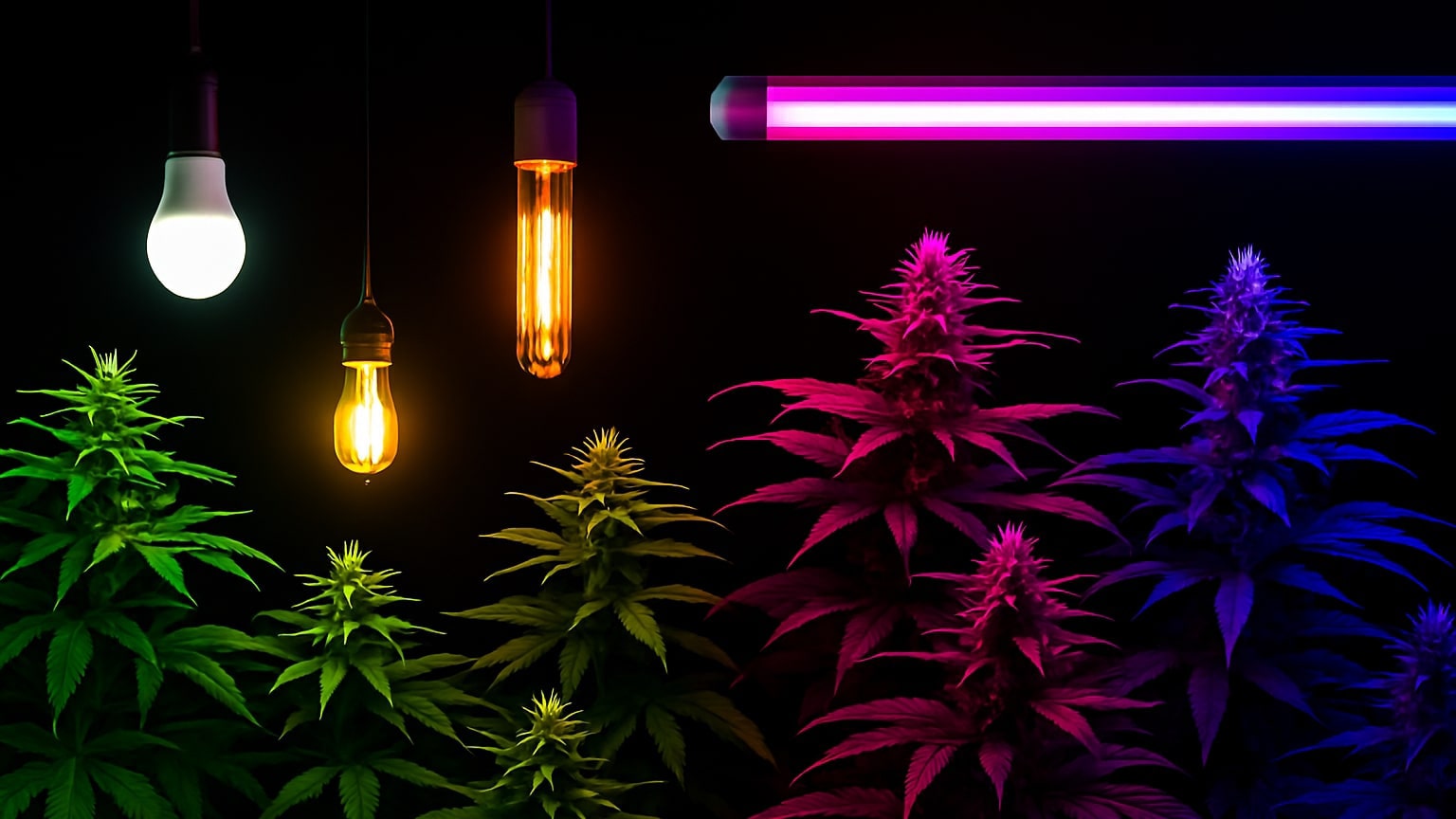
Lamp spectrum and flowering phase
When the plant enters the flowering stage, the priority shifts to the long-wave range. It is red light for cannabis flowering that is responsible for triggering the formation of buds and accelerating their development. The correct distribution of the spectrum at this stage helps the buds become denser, more resinous, and more aromatic.
Special attention should be paid to the far red range for cannabis. It stimulates the transition from vegetation to flowering, regulates daily rhythms, and contributes to an increase in crop yield. The use of LED technology allows for flexible spectrum control, which is especially important for experienced growers.
Several main effects of red and far red light can be identified:
- Accelerated flowering – plants transition to the generative phase more quickly.
- Increased bud density – thanks to the correct spectrum, more compact and resinous inflorescences are formed.
- Increased yield – due to active bud formation, the final weight is significantly higher.
- Effect on cannabinoid profile – lighting can affect the amount of resin and the concentration of active compounds.
This raises the question for many: “Is it possible to control the THC percentage during cultivation?” There is no clear answer, as the level of cannabinoids is influenced by genetics and growing conditions. However, studies show that a competent combination of light spectrum (especially the addition of certain wavelengths in the red and ultraviolet range) can indeed indirectly affect THC synthesis.
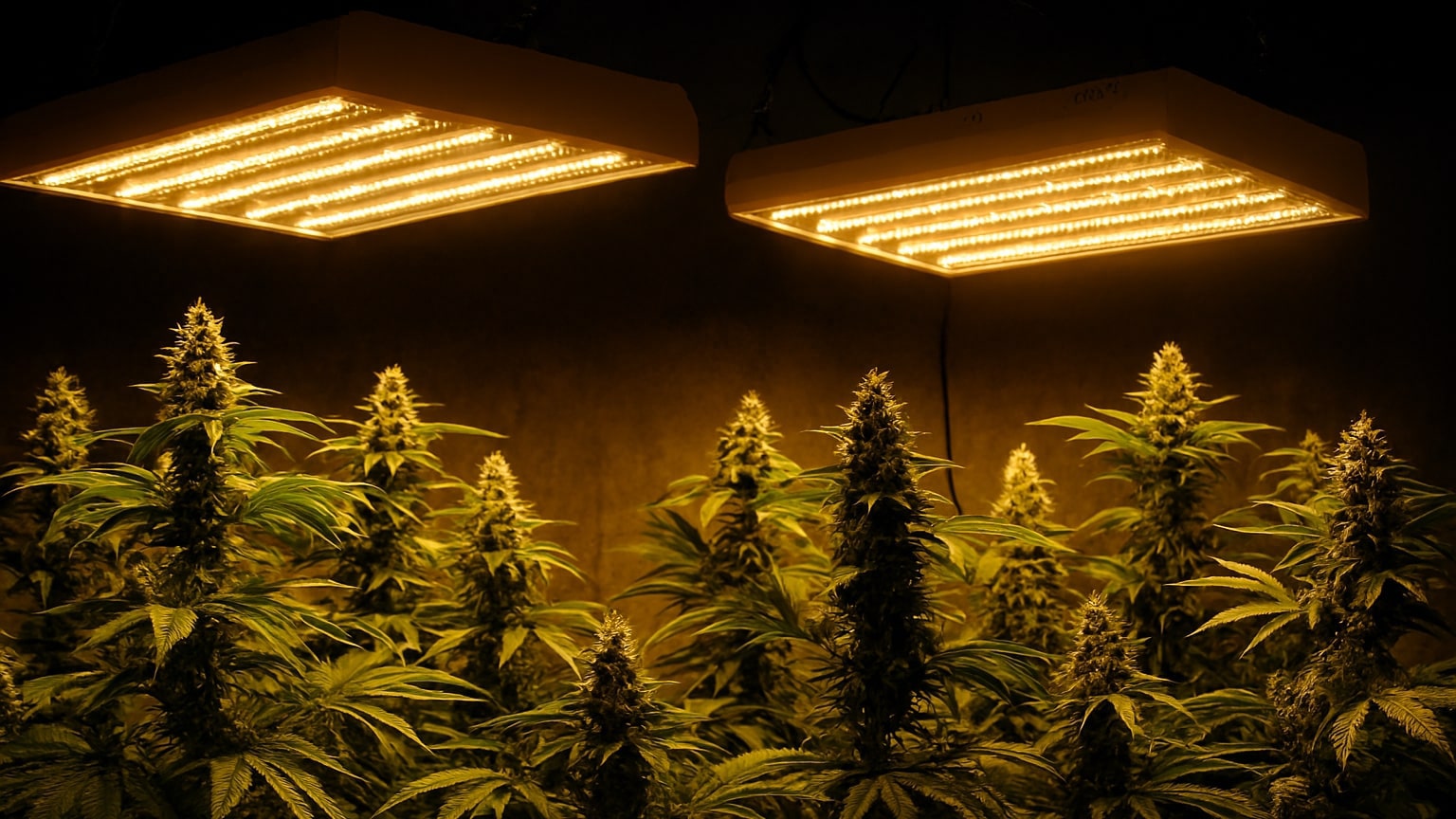
Full range and selection of lamps for cannabis
Modern growers are increasingly using full spectrum lighting for cannabis cultivation, as it is as close as possible to natural sunlight. This approach allows the plant to receive both short-wave radiation for active growth and long-wave radiation for abundant flowering. As a result, a healthy bush structure is formed, and the aroma and resin content of the buds are increased.
To simplify your choice, below is a table with the main spectrum ranges and their functions:
| Spectrum of light | The main influence on the plant | Practical application |
| Blue (400–500 nm) | Compact growth, strong leaves | Vegetation |
| Red (600–700 nm) | Stimulation of flowering, bud formation | Flowering |
| Far red (700–750 nm) | Rapid transition to the generative phase | Photoperiod regulation |
| Full range | Balance for all stages | Universal lighting |
When choosing equipment, it is important not to limit yourself to lamp power alone. You need to consider the spectrum of lamps for growing cannabis so that the lighting is as balanced as possible and suitable for both phases.
Interestingly, experienced growers pay attention to the same principle when choosing lamps as they do when selecting soil. After all, how do you choose the ideal substrate for growing cannabis? They focus not only on its composition, but also on how suitable it is for different stages of plant development. The same applies to light: a correctly selected spectrum becomes the foundation for a successful harvest.
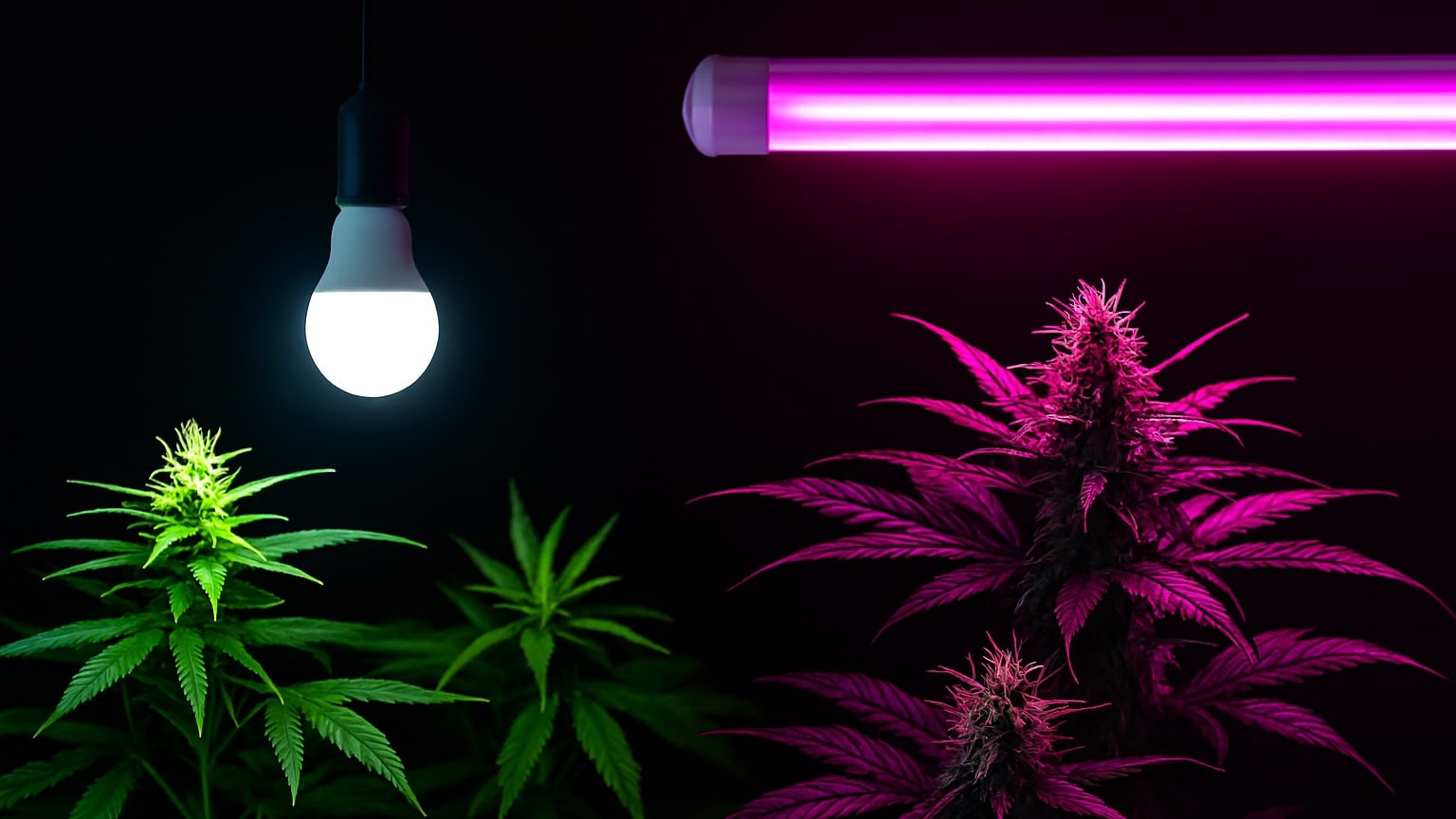
Attention! Errors Seeds does not encourage you to grow cannabis and does not assist in any way with this activity. Growing cannabis is prohibited by Ukrainian law. This article is for scientific and informational purposes only.
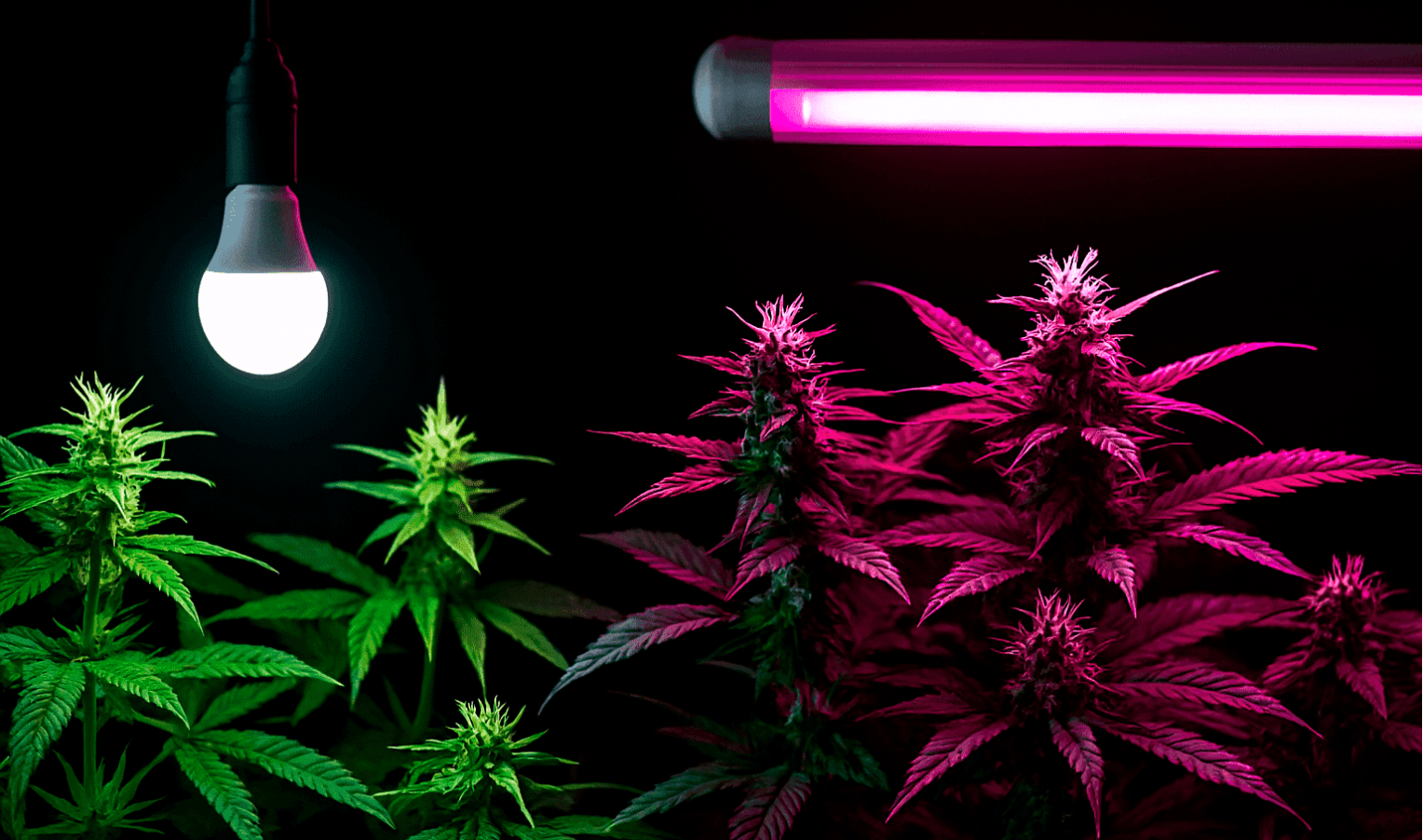
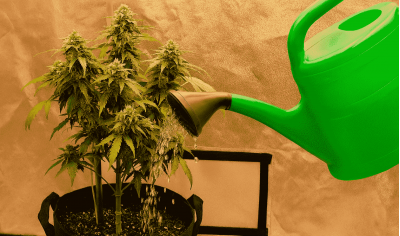


Write a comment